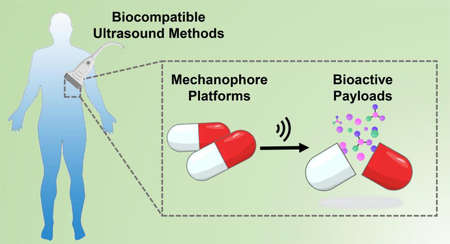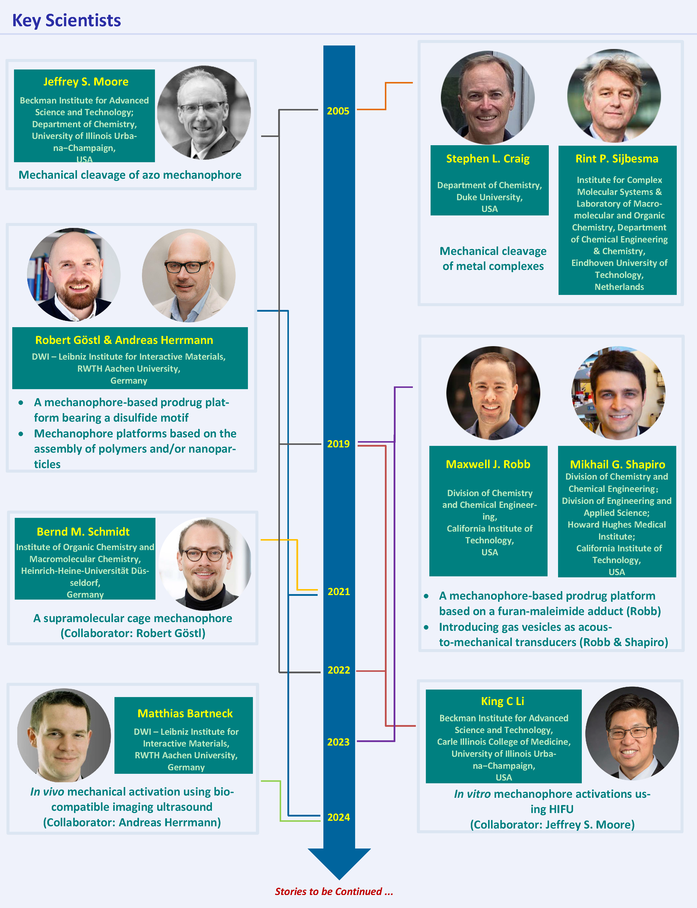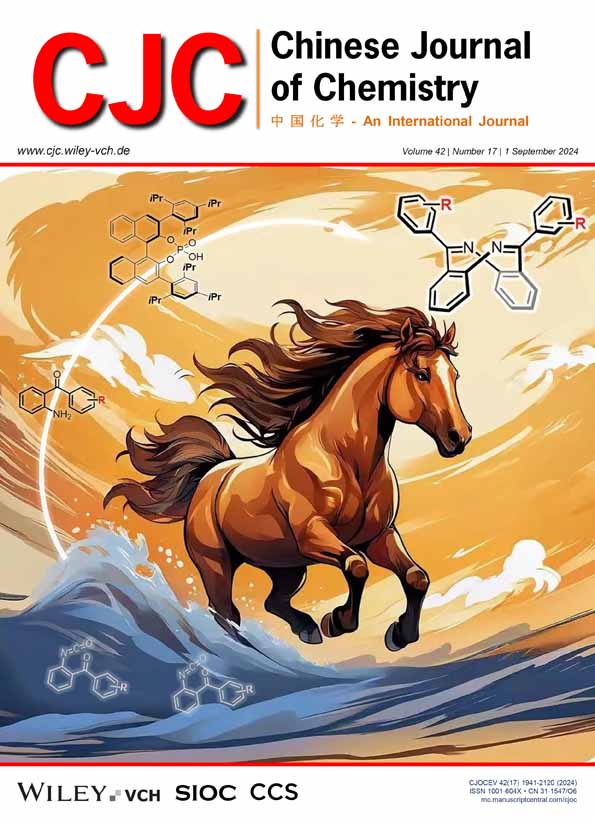Emerging Bio-relevant Applications of Polymer Mechanochemistry
Abstract
Polymer mechanochemistry has rapidly evolved since the mid-2000s. Recent advancements highlight the development of mechanophore platforms for the controlled release of bioactive payloads and the exploration of biocompatible activation strategies. These platforms, ranging from furan-maleimide Diels-Alder adducts to disulfide motifs with β-carbonate linkages, demonstrate promising prospects in targeted drug delivery. Additionally, supramolecular assemblies and free radical-generating mechanophores present innovative avenues for potential therapeutic applications. Biocompatible activation methods, notably high-intensity and/or low-intensity focused ultrasound, hold potential for in vivo applications. However, challenges persist in comprehending the fundamental physics of ultrasound and its utilization for activation. Future directions emphasize the importance of simplicity in biocompatible platforms and polymer designs, stability under physiological conditions, and precise control of mechanical activation for enhanced biomedical and clinical utility. Despite the aforementioned chemical and technical obstacles, the outlook for polymer mechanochemistry in biomedical and clinical applications remains promising, urging continued exploration and advancement.

Key Scientists





